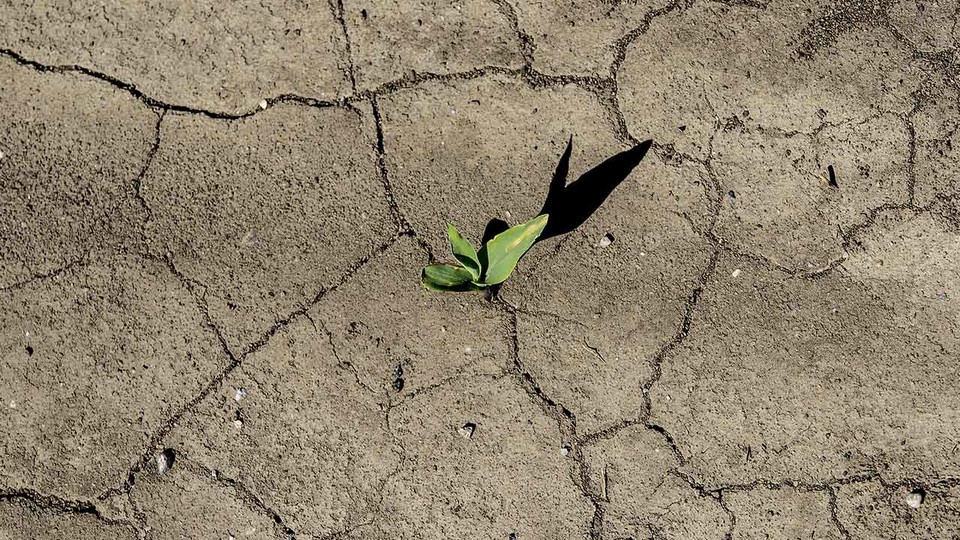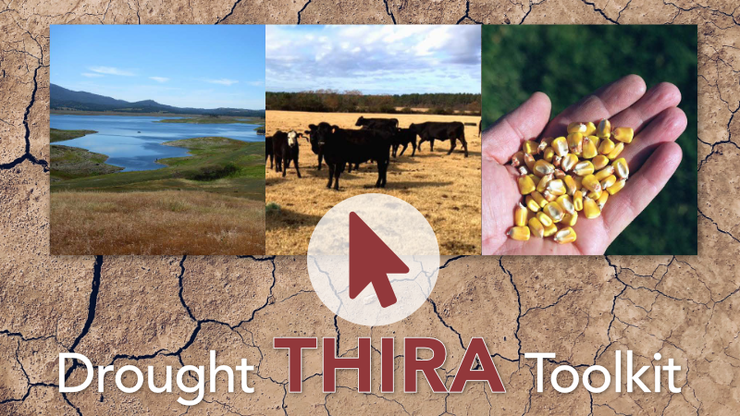· 2 min read
Nebraska researchers tailor FEMA process for drought

For the first time, emergency managers and community planners have guidance on how to use the federal Threat and Hazard Identification and Risk Assessment process to prepare for drought. Developers of a new online, multi-media Drought THIRA Toolkit will introduce it via live webinar, noon to 1 p.m. Nov. 29.
The Federal Emergency Management Agency recommends that communities go through a THIRA process to understand what hazards might affect them, how they would be affected, and how they can prepare. A team led by Denise Bulling, disaster and behavioral health expert with the University of Nebraska Public Policy Center, worked with emergency managers and planners in the Platte River Basin as a pilot region to customize the THIRA process for the drought hazard. The National Drought Mitigation Center and the High Plains Regional Climate Center, also based at Nebraska, provided detailed data on the extent and effects of drought in the basin.
“The virtual toolkit resulting from this project creates a bridge between emergency management and water resource planning,” Bulling said. “We featured the THIRA planning process because it is a shared, flexible planning process involving participants from all sectors in the community. We think this webinar will be of particular interest to planners responsible for facility or jurisdictional emergency planning anywhere drought is a possibility.”
The toolkit provides guidance and examples for designing and using a THIRA in any community that experiences drought.
“We worked with emergency managers and decision-makers to make sure that the information we’re presenting makes sense to them,” said Deborah Bathke, drought center climatologist and education coordinator, and co-investigator on the project. “The scenarios we created helped everyone picture effects of drought they hadn’t thought of before.”
Funding for the two-year project was through the National Oceanic and Atmospheric Administration’s Sectoral Applications Research Program.
Both the toolkit and the webinar are free, and are likely to be of interest to policymakers, planners, natural resource and emergency managers, and others with an interest in planning for drought.








